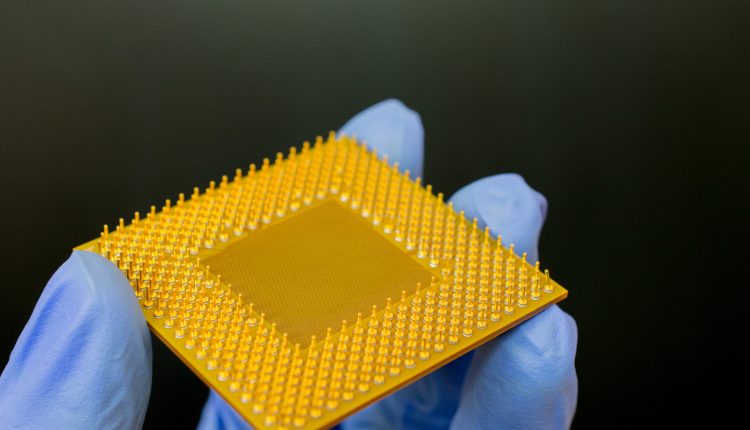©2021 Reporters Post24. All Rights Reserved.
Researchers at the Zhejiang University in China have devised a new method that allows for easier and cost-effective production of gallium oxide, an alternative to silicon for semiconductors, South China Morning Post reported. The discovery assumes importance amidst the ban on gallium export to China.
Silicon may be a significant component powering semiconductor-based applications. Still, the industry has evolved to use compounds such as gallium arsenide and indium phosphide in production processes over the years. Gallium oxide is the newest entrant in the arena.
What is gallium oxide?
Gallium oxide is a fourth-generation ultra-wide band gap semiconductor that can withstand a strong electric field and consumes little power. A band gap is the amount of energy needed to free electrons inside a semiconductor material, and an ultra-wide band gap allows the material to be used for high-voltage applications.
Among other ultra-wide band gap materials, such as gallium nitride and silicon carbide, gallium oxide has many advantages. However, its production is much more challenging.
Gallium oxide is the only material that can form single crystals at atmospheric pressure after solidification from a melt. This can drastically reduce fabrication costs, but the process needs large amounts of iridium to make a crucible for the melt.
A four-inch crucible requires about 11 pounds (five kg) of iridium; since the price of iridium is three times that of gold, this increases production costs. It also raises concerns about intellectual property in China since Japan and the US have used the method.
Chinese innovation amidst US ban
Last year, researchers at the State Key Laboratory of Silicon Materials at Zhejiang University made two-inch gallium oxide wafers. This year, they have improved their approach and made four-inch wafers.
Their improved approach involved a casting method that uses up to 80 percent less iridium. This will help reduce production costs and make the process shorter and more manageable for mass production.
The team has spun off a company that holds the patents for these improved methods and is currently working on using a temperature gradient to increase the size of the crystals produced.
Due to their low energy consumption, gallium oxide semiconductors are ideal for use in communications, aerospace, radar, and electrified transportation like cars and trains.
Last year, the US Commerce Department imposed an export ban on gallium oxide to China, citing concerns about national security since they can also be used for military purposes. The ban aimed to prevent China from gaining experience in next-generation semiconductors, where gallium oxide alone is expected to be a $1.5 billion opportunity by the end of the decade.
Not only has China overcome the aims of the ban but, in a tit-for-tat response, imposed a ban on the export of gallium and germanium from August 1 this year.
The US-China tensions have also resulted in the Western nations imposing bans on chips from China. Once again aimed at stifling innovations, the move had an unintended effect when Huawei unveiled its newest Mate 60 Pro phone with an extremely powerful chip.


